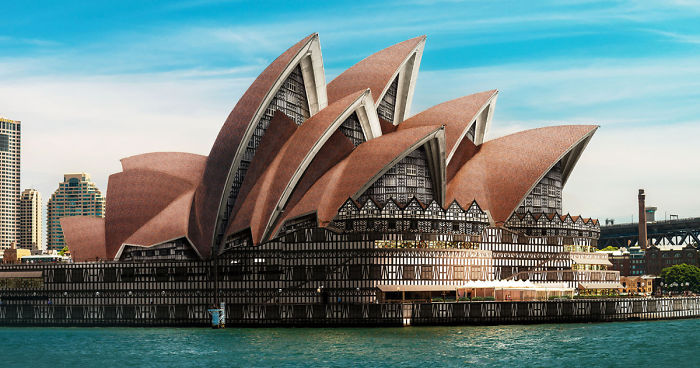
Artists Reimagine 7 Iconic Buildings In Different Architectural Styles And The Result Is Impressive
Architectural styles are differentiated by their constructive techniques, political movements, and social changes that make up the spirit of a place at a particular point in time. Whether it’s the renaissance of art and culture in Renaissance architecture, or the steel skyscrapers that emerged in the postwar movement, every stylistic shift tells us something different about the transitions in architectural history.
But what if architecture rejected a critical regionalist approach, and buildings assumed the characteristics of another place? These seven images made for Expedia by NeoMam and Thisisrender provide a glimpse of how some of the world’s most famous architectural icons would have been if they had been built in a different style.
More info: expedia.ca
CN Tower in Ancient Egyptian style
Toronto’s CN Tower took three years to build and stands at a whopping 553 meters. It held the record as the tallest freestanding building in the world until 2007, when the 30 centimeter higher Burj Dubai snatched the title. We’ve reimagined it as an Ancient Egyptian obelisk, erected to honor an event, individual or god. The CN Tower is mighty impressive, and this Ancient Egyptian remodelling gives it a little extra oomph.
Falling Water House in Classical style
Deep in the forest of Southwestern Pennsylvania lies one of America’s most famous houses, designed by renowned architect Frank Lloyd Wright. It opened to the public in 1964, and since then, more than five million visitors have come to see the architectural masterpiece. But what if was built in Ancient Greece? In the Classical style, it’s all about symmetrical columns. The innovative design and use of marble and stone means that remnants of these robust structures are still around today.
Sydney Opera House in Tudor style
The Opera House is one of Australia’s most photographed landmarks – and it’s not hard to see why. This architectural masterpiece changed the course of 20th century architecture, and its striking shapes make it instantly recognizable. Though work finished in 1973, imagine if it was built in the 15th or 16th century? We’ve given the famously modern opera house a Tudor makeover, with visible beams, steep gable roofing, masonry chimneys and grouped windows that make this style so unique.
The Louvre in Brutalist style
Home to thousands of masterpieces, the Louvre is one of the best art galleries in the world. Just check out their visitor stats! But the building itself is special in its own right. Originally a medieval fortress, it became home to the royal family in the 14th century before opening as a public museum in 1793. We gave this stunner a raw Brutalist remodelling, transforming it into a monolithic concrete block that’s just as iconic as the original.
Petronas Towers in Gothic style
The world’s tallest twin towers and the most important landmark in Kuala Lumpur, the Petronas Towers rise an incredible 452 meters above the ground and serve as a highly visible symbol of the 21st century city. Construction finished in 1997, but if architect César Pelli was around during the Middle Ages, the towers might look more like our Gothic redesign. Check out the pointed arches and stained-glass window panels. Look closely and you might even spot a couple of gargoyles.
Buckingham Palace in Bauhaus style
Buckingham Palace has served as the official royal residence since 1837. In other words, it’s the Queen’s house. The giant palace has 775 rooms, including 52 bedrooms and 78 bathrooms. Should the Queen ever want to give the palace a new look, we can wholeheartedly recommend a Bauhaus style makeover. Founded in the early 20th century, Bauhaus merged style with functionality. With its minimalist exterior, geometric forms and smooth facades, we think the Queen would be pretty happy with this update.
Museu de Arte Contemporânea de Niterói in Sustainable style
Is it a mushroom cloud? Perhaps a UFO? The architect who dreamt up this unforgettable building says it looks like a flying saucer, but it’s actually a contemporary art museum. Located in the Brazilian town of Niterói, near Rio de Janeiro, this alien-looking building was completed in the mid-1990s. We opted for an environmentally sound makeover, designed to reduce greenhouse gas emissions, save energy and reduce waste. All buildings might just look like this one day…
3Kviews
Share on Facebook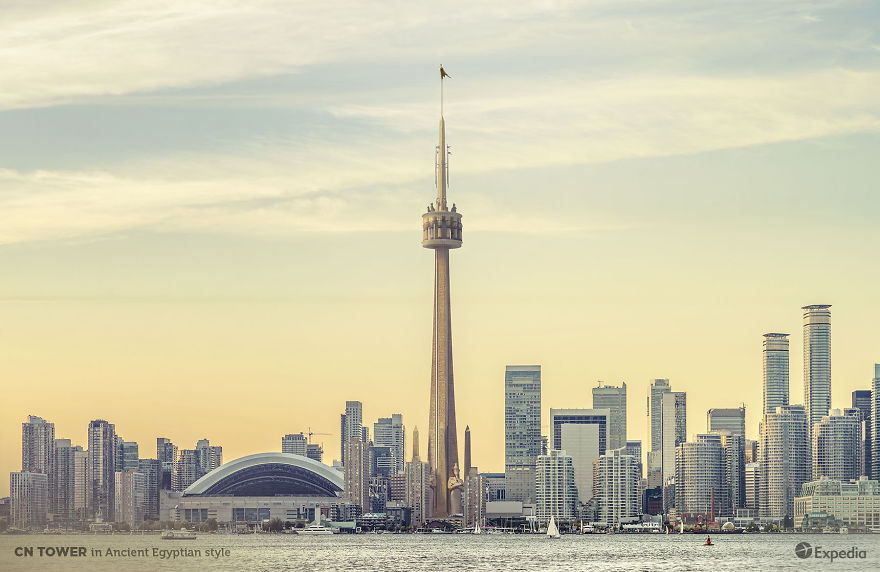

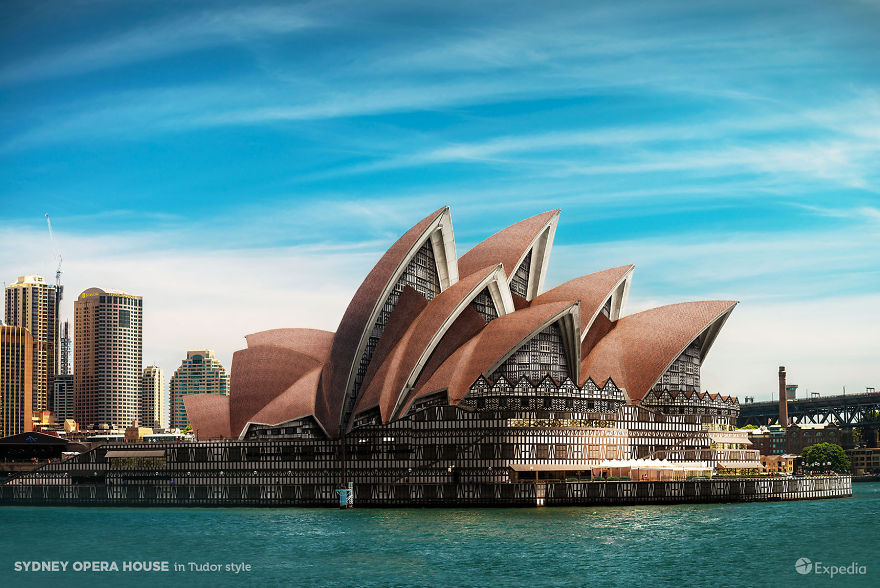
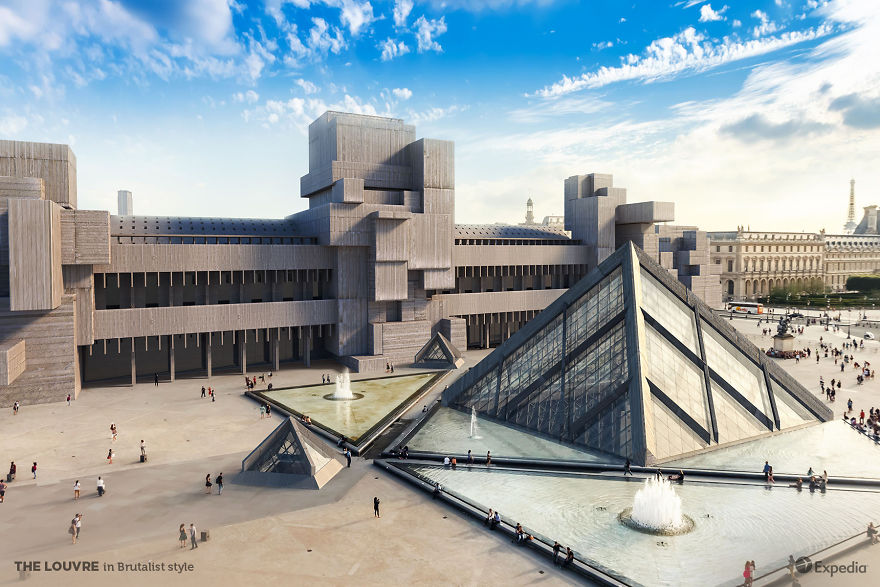
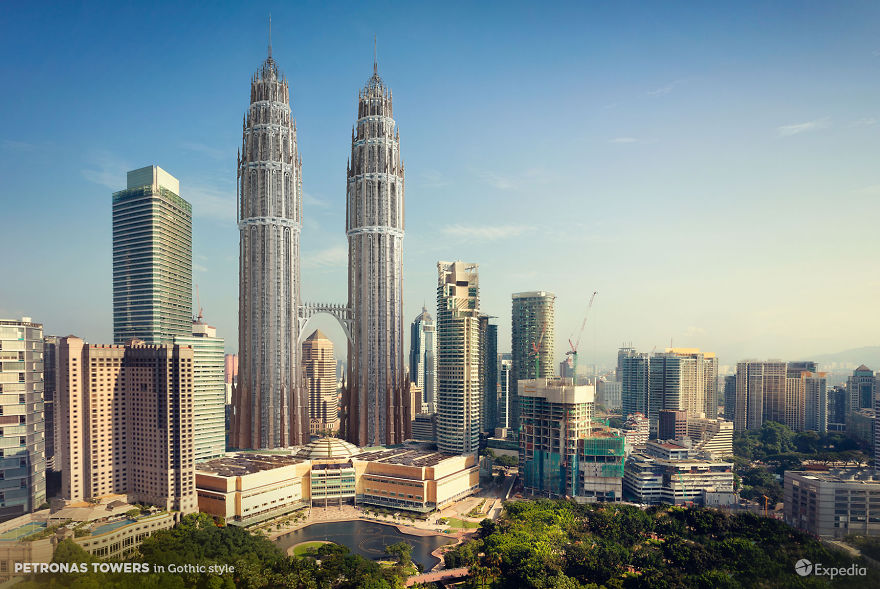
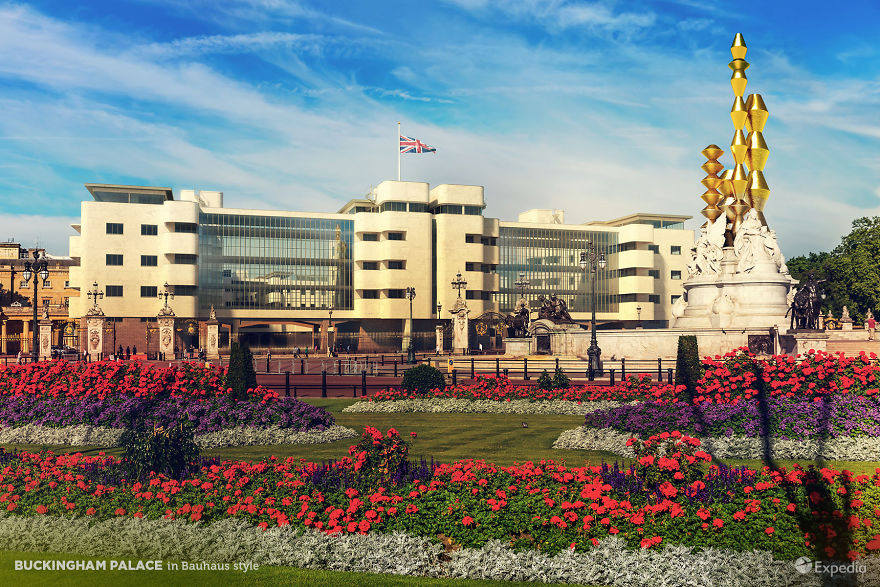
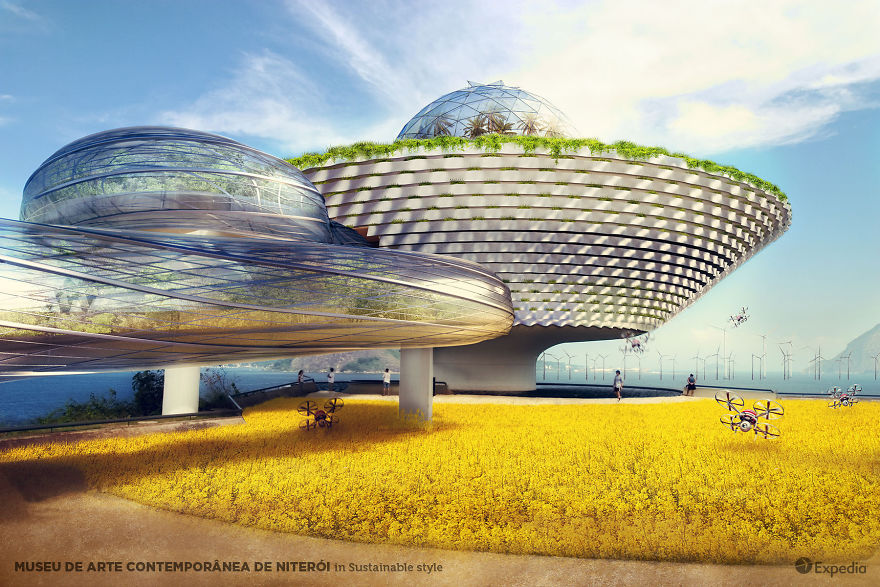



23
1